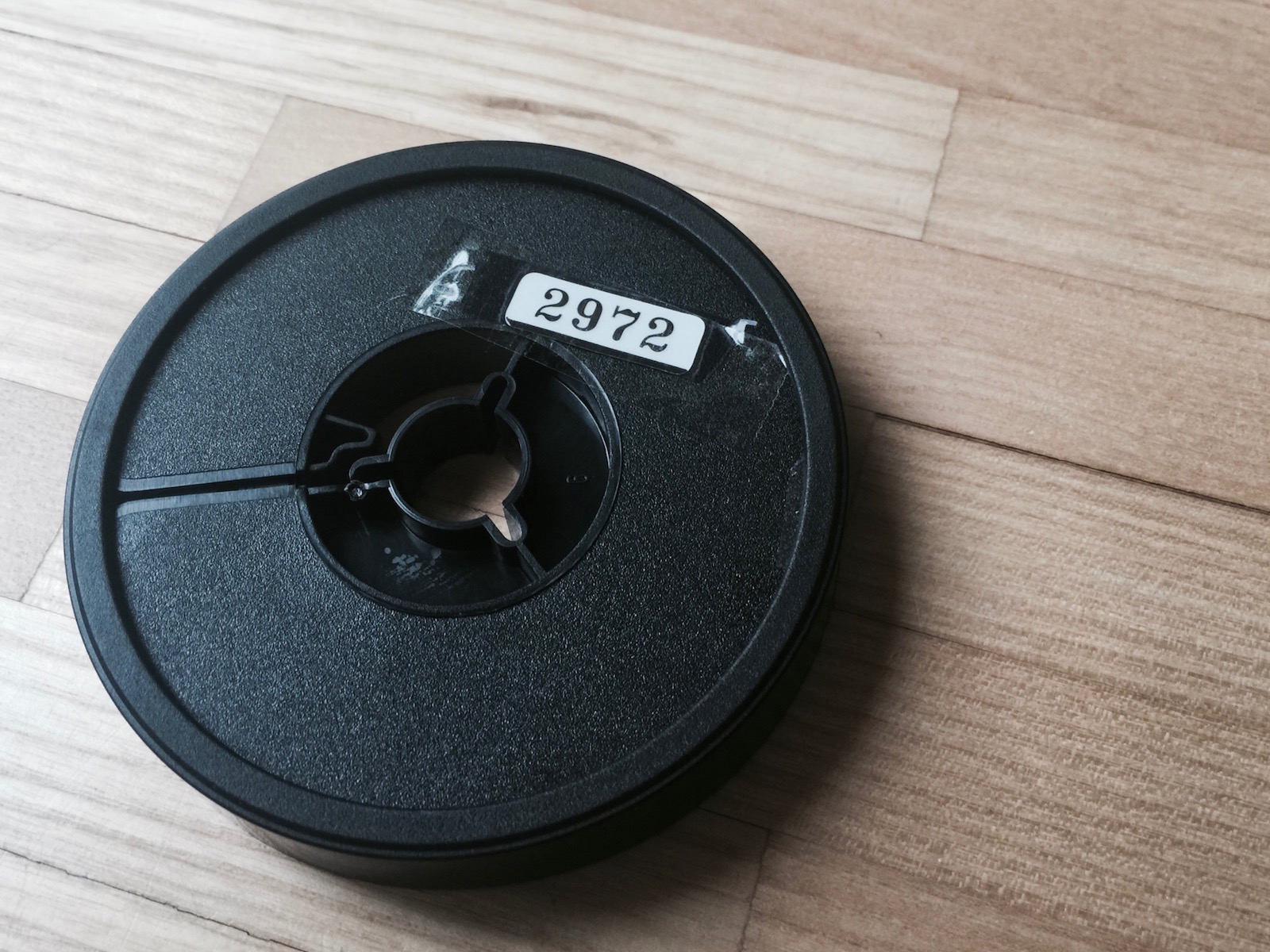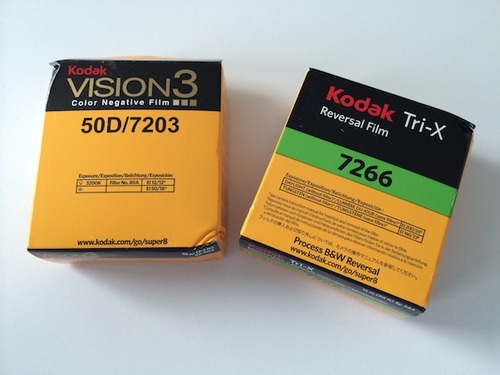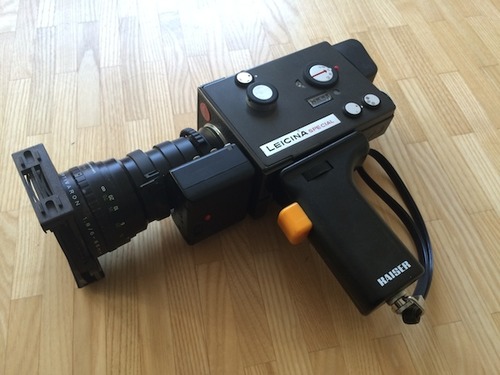Monthly:January 2014
After shooting and developing 8mm motion picture film, one might want to transfer it to a digital format. This is quite complicated actually, since there are no consumer or easy solutions available. Most people just capture their original film playing on a projector with a digital camera. Although it looks quite nice in most cases, clearly this can’t be the best way to do it. There is one project I could find, trying to utilize consumer flatbed scanners with transparency units […]
Unfortunately the variety of 8mm film material still available has decreased over the past years. The popular Kodachrome was discontinued in 2009 and even its processing ended in 2013. Although points of sale are increasingly difficult to find, there are some dealers left, Wittner Cinetec in Germany for example. One can choose from the current Kodak Vision3 lineup (500T, 200T and 50D for color negative film and Kodak Tri-X Reversal Film for b/w. Currently, there are some Kodak Ektachrome films left, which have been discontinued in […]
8mm film is a motion picture film standard developed by Kodak in 1932 to create a cheap “home movie” format. Its most famous filmed sequence undoubtedly being the Zapruder film, capturing the assassination of John F. Kennedy in Dallas, Texas on November 22, 1963. Super8 was released in 1965 and quickly adopted by amateur film-makers providing better image quality and picture size. With its innovative cartridge-loading system it became an easy to use system and inspired millions of people around the […]
Last time I visited my parents, I took the LEICINA SPECIAL with me. It’s a Super8 8mm film camera produced by Ernst Leitz GmbH in Germany between 1972 and 1977. Ernst Leitz GmbH is the former corporation of Leica Camera AG. The LEICINA SPECIAL records on 8mm film cartridges up to 50ft in length at frame rates of 9,18 25 and 54 as well single frame with automatic exposure (Leicinamatic) with manual focus and macro ability. It comes with a Optivaron f1.8/6-66mm lense. There […]




